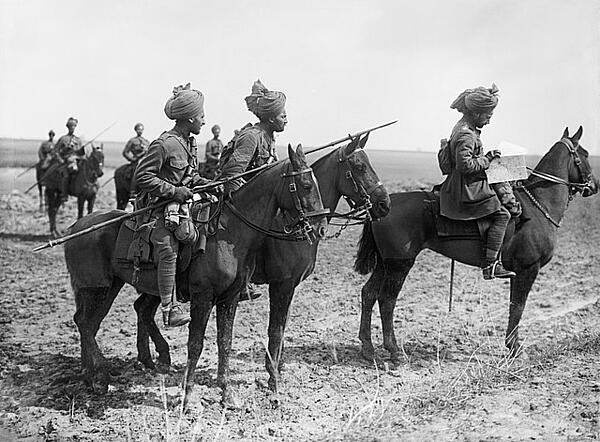Cavalry and World War One
When World War One first broke out, cavalry was still favoured by the more traditional commanders (all trained in cavalry strategy) and considered a deadly weapon when used against infantry. In fact, the British cavalry charge at the Battle of Mons was so efficient and devastating that he was enough to hold off the advancing German army.
However, it wasn’t long until the war became quite literally entrenched in trench warfare, which presented a whole host of new challenges to the old fashioned military leaders and forced them to seek new ways of fighting.

Trench warfare spelled the end of the cavalry charge almost instantly, with static trenches, barbed wire, mud and machine guns rendering a cavalry charge obsolete in seconds. Horses were soon considered beasts of burden rather than a strategic and dangerous weapon, and soon had very little impact on the Western Front as mounts.
The final cavalry charge took place at the Battle of the Somme in 1916. The attack was planned for 14th July on High Wood, which was a German strongpoint that was preventing the British Army from advancing.
Men from the 20th Deccan Horse, an Indian cavalry unit, began to attack German positions armed with lances, riding uphill towards the woods. A few German soldiers decided to surrender when they were confronted by cavalry in the woods - an unexpected sight. However, the brave but ill-advised advance resulted in the deaths of 102 men and 130 horses, resulting in serious consequences for the commanders who had ordered the attack.
Just two months after the Battle of the Somme, the tank was used in the battle and effectively marked the end of an era of cavalry attacks in war.
MLA Citation/Reference
"Cavalry and World War One". HistoryLearning.com. 2024. Web.
